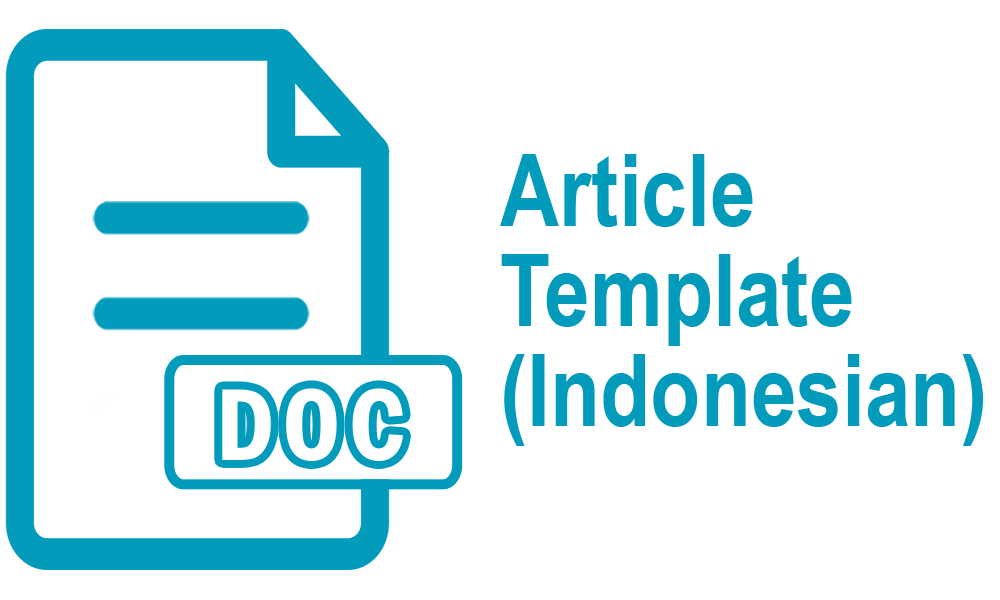Sense Relations Analysis of Homonymy in The Tragedy of Macbeth (2021) Screenplay
Abstract
Full Text:
PDFReferences
Adha, R., & Astri, A. (2020). Students’ability In Understanding Homophone In English. JL3T (Journal of Linguistics, Literature and Language Teaching), 6(1), 31-54.
Akhanamoya, L. (2021). Sacred sheep: ovine imagery in the art of William Shakespeare, Thomas Middleton, and Jan van Eyck.
Bastian, A. (2019). A Correlation Study: Understanding and Ability to Appreciate Proverbs in Semantics Class. ELT-Lectura, 2(2).
Brown, G., & Yule, G. (1983). Discourse analysis. Cambridge university press.
Chiu, M. C., Feng, T., Ren, X., & Narayanan, S. (2020). Screenplay Quality Assessment: Can We Predict Who Gets Nominated?. arXiv preprint arXiv:2005.06123.
Creswell, J. W., & Creswell, J. D. (2017). Research design: Qualitative, quantitative, and mixed methods approaches. Sage publications.
Field, S. (1982). Screenplay: The Foundations Screenwriting. New York: Delacorte.
Habibi, A. A., Hauer, B., & Kondrak, G. (2021, January). Homonymy and polysemy detection with multilingual information. In Proceedings of the 11th Global Wordnet Conference (pp. 26-35).
Kreidler, C. (2002). Introducing english semantics. Routledge.
Kroeger, P. R. (2023). Analyzing meaning: An introduction to semantics and pragmatics. Language Science Press.
Maulana, B., & Suprayogi, S. (2022). Analysis of sense relations on Stars song lyric by Skillet. Linguistics and Literature Journal, 3(1), 42-47.
Mukhtoraliyevna, Z. S. (2023). System for Teaching Homonyms Words in Primary School. European Journal of Innovation In Nonformal Education, 3(3), 1-4.
Oviogun, P. V., & Veerdee, P. S. (2020). Definition of language and linguistics: basic competence. Macrolinguistics and Microlinguistics, 1(1), 1–12. https://doi.org/10.21744/mami.v1n1.1
Pratiwi, A. (2019). The Use of Homophone Game to Improve Students’ Pronunciation at The Seventh Grade of MTs Negeri 2 SidenrengRappang (Doctoral dissertation, IAIN Parepare).
Ryan, M. (2011). An Introduction to Criticism: Literature-Film-Culture. John Wiley & Sons.
Salsabila, D., Simanjuntak, M. B., & Sutrisno, S. (2022, May). The personality of the main characters in the film “Mulan” director Niki Caro. In Prosiding Seminar Nasional Inovasi Pendidikan.
Semenza, G. M. C. (2022). William Oldroyd’s Lady Macbeth, Shakespeare, and Adaptation Studies. Adaptation, 15(2), 285-303.
Sofyansyah, A. A., & Rahayu, F. E. S, Alamsyah. (2023). Stylistic Analysis of Distorted Harmony’s Songs Lyric on Chain Reaction Album. Ilmu Budaya: Jurnal Bahasa, Sastra, Seni, dan Budaya, 7(3), 839-850.
Tabanakova, V. D. (2021). Term “Homonymy” As A Semantic Category. European Proceedings of Social and Behavioural Sciences.
Yule, G. (2022). The study of language. Cambridge university press.
DOI: http://dx.doi.org/10.30872/jbssb.v9i3.20483
Refbacks
- There are currently no refbacks.
Copyright (c) 2025 Alamsyah 0 Alamsyah
Editorial address:
Fakultas Ilmu Budaya, Universitas Mulawarman
Jl. Ki Hajar Dewantara, Gunung Kelua, Kec. Samarinda Ulu, Kota Samarinda, Kalimantan Timur, Indonesia 75123
Email: jurnalilmubudaya.fibunmul@gmail.com
Website: http://e-journals.unmul.ac.id/index.php/JBSSB
Ilmu Budaya: Jurnal Bahasa, Sastra, Seni, dan Budaya is licensed under a Creative Commons Attribution-ShareAlike 4.0 International License






